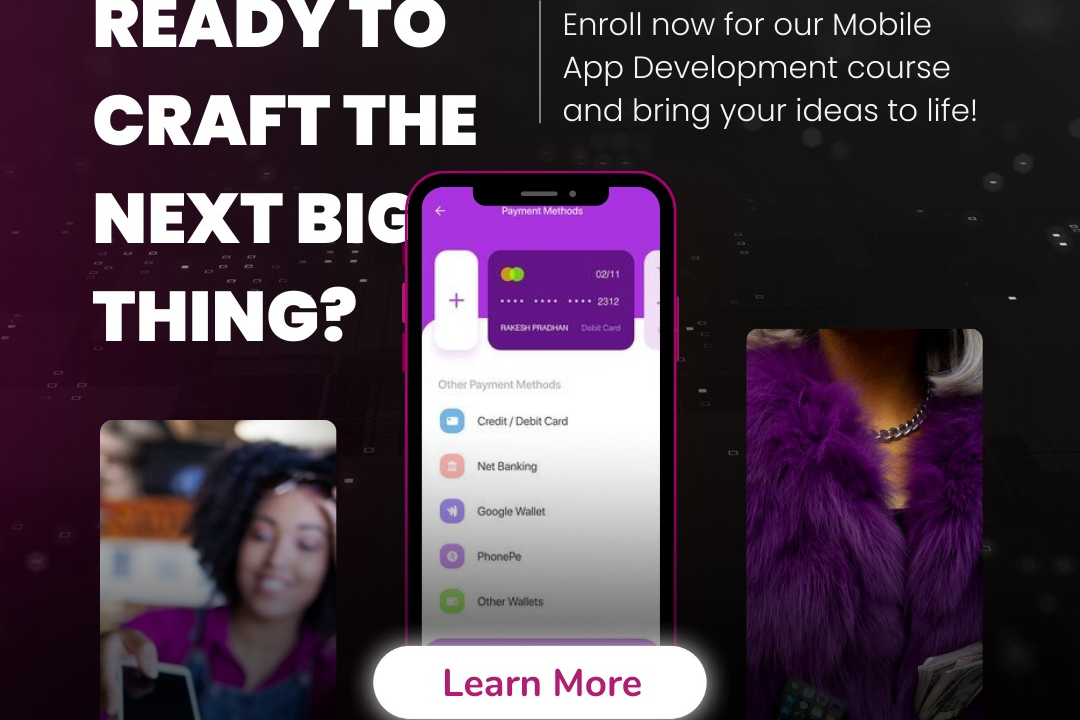Flutter For Government Technology
Enhancing Government Technology with Flutter
Flutter For Government Technology
Flutter, an open-source UI software development toolkit created by Google, offers a powerful solution for government technology by enabling the rapid development of natively compiled applications for mobile, web, and desktop from a single codebase. Its cross-platform capabilities allow government agencies to provide efficient and user-friendly services to citizens, streamlining communication and accessibility. The framework supports a rich set of pre-designed widgets, making it easier to adhere to design standards and accessibility guidelines. Additionally, the strong community support and extensive libraries facilitate faster implementation of secure, scalable, and maintainable applications, enhancing the overall digital experience in public services, data management, and citizen engagement initiatives.
To Download Our Brochure: https://www.justacademy.co/download-brochure-for-free
Message us for more information: +91 9987184296
1 - Cross Platform Development: Flutter allows developers to create apps for both iOS and Android from a single codebase. This is especially beneficial for government agencies that want to reach a wider audience efficiently.
2) Rapid Prototyping: With its hot reload feature, Flutter enables quick experimentation and iteration. Training programs can help students learn how to build and test their ideas rapidly, a valuable skill in governmental project environments.
3) Customizable UI: Flutter provides a rich set of widgets for creating highly customizable user interfaces. In training, students can focus on designing interfaces that meet accessibility standards, essential for government applications.
4) Open Source: Flutter is an open source framework, making it accessible for students to learn without the financial burden of licensing fees. This allows for a broader outreach in educational programs.
5) Community Support: A large, active community offers a wealth of resources, tutorials, and packages. Training programs can encourage students to engage with this community, enhancing their learning experience.
6) High Performance: Applications built with Flutter achieve near native performance, which is crucial for government apps that may require data processing and responsiveness. Students can learn optimization techniques specific to Flutter.
7) Dart Language: Flutter utilizes Dart, a language that is relatively easy to learn for beginners. Training can introduce students to Dart's features and benefits, making the transition to programming smoother.
8) Integration Capabilities: Flutter can seamlessly integrate with existing systems and APIs. Training can focus on how to connect government applications to back end services and databases, a necessary skill for developers.
9) Secure Applications: Government applications must prioritize security. Training can incorporate best practices in secure coding within the Flutter framework, helping students understand compliance requirements.
10) Testing Framework: Flutter includes a robust testing framework allowing developers to write unit tests, widget tests, and integration tests. Programs can teach students the importance of testing in government projects to ensure reliability.
11) Scalability: Flutter projects can scale to meet the needs of large applications, which is crucial for government services that may expand over time. Training can discuss architecture decisions that facilitate scalability.
12) Offline Capabilities: Flutter applications can be designed to work offline, which is vital for functionality in areas with limited connectivity. Students can learn how to implement local storage solutions.
13) Future Ready Skills: By learning Flutter and Dart, students gain skills applicable to future job markets. Training programs can emphasize how these tools are being adopted in various sectors, including government.
14) Data Visualization: Flutter provides libraries for creating impressive data visualizations. Students can explore how to present government data effectively, promoting transparency and accessibility.
15) Enhancing Citizen Engagement: Government applications often aim to improve communication with citizens. Training can cover principles of user experience (UX) design using Flutter to help students create apps that enhance civic engagement.
16) Collaboration and Teamwork: Training programs can stress the importance of collaboration in government projects, teaching students how to use Flutter in team environments, including version control and agile methodologies.
17) Real World Projects: Incorporating real world case studies and projects in training helps students understand the practical applications of Flutter in government technology. This includes building prototypes for public services or emergency response applications.
By offering a training program incorporating these aspects, students will be well prepared to leverage Flutter for innovative solutions within government technology.
Browse our course links : https://www.justacademy.co/all-courses
To Join our FREE DEMO Session: Click Here
Contact Us for more info:
Android Training Trichy
Android App Development Course GORAKHPUR
python course fees
Top ios Programming Class
Java For Predictive Analytics











